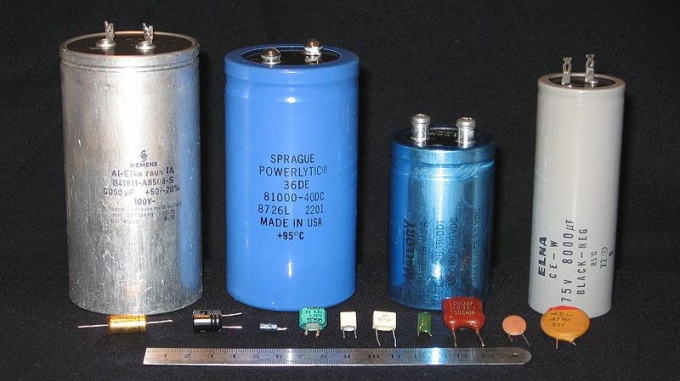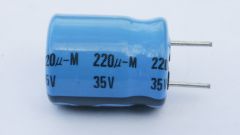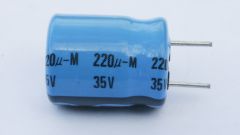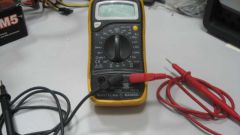Instruction
1
To measure the capacitance with a multimeter that has the function to connect it to the capacitor, and then select switch the most accurate of the measurement range of capacity. If on the display there is a message about the overload, switch off the device on the coarser limit. Perform this shifting until the until statement. Read them.
2
If you use the bridge console for the capacity measurement, use the meter as a device for determining bridge balance. To the corresponding pins of the bridge, connect it through the detector with the filter capacitor and the multimeter, select DC current microammeter. Connect the capacitor to the bridge, balance last low readings, then the scale of the bridge, read the statement.
3
If a multimeter with capacitance measurement function has not, as of the bridge consoles, use the following method. Take the generator of standard signals. Install a known signal amplitude equal to several volts. Connected in series the multimeter is operating in the mode of microammeter or milliammeter AC (depending on the measurement conditions), the generator and the test capacitor. Install such a frequency that the multimeter showed current not exceeding in the former case, 200 µa, and the second 2 mA (if the frequency is too low, it will not show anything). Then we split the amplitude of the voltage, expressed in volts, the square root of two to obtain the current value. Current in amps, then divide the voltage by current and you get capacitive resistance of the capacitor expressed in ohms. Then, knowing the frequency and capacitance, calculate capacitance according to the formula:
C=1/(2πfR), where C is the capacitance in farads, π is the mathematical constant "PI", f - frequency in Hertz, R is resistance in ohms.
C=1/(2πfR), where C is the capacitance in farads, π is the mathematical constant "PI", f - frequency in Hertz, R is resistance in ohms.
4
Translate the calculated capacity into more convenient units: picofarad, nanofarad or microfarad.
Note
Do not measure in this way the capacity of electrolytic capacitors.
Discharge the capacitor in a safe way prior to measurement.
Discharge the capacitor in a safe way prior to measurement.




